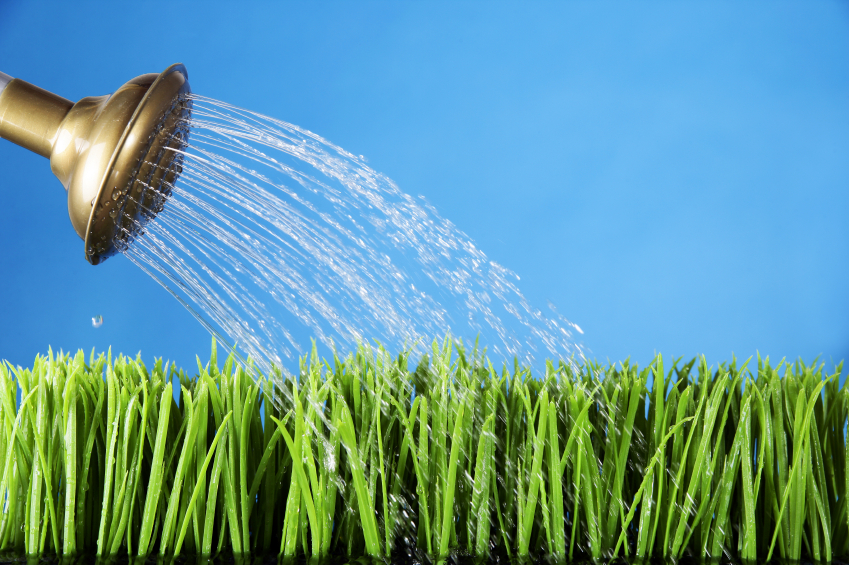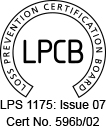Frugal Gardening Techniques
Money saving gardening tips
Times are tough, so any tips on how to save money are always welcome. In our quest for all things shed we have found another fantastic website that would benefit Asgard customers.
Section from Frugal Gardening.com
First, for those of you with lawns, there are some rules of thumb to use when trying to keep that grass lush and green during the summer months:
- When watering your lawn, water slow, long and deep. A sprinkler should spread water evenly and slowly. Set out sprinklers in the cooler parts of the day to cut down on evaporation.
- Run off is considered very detrimental to your water use as well as your soil, so watch your sprinkler to see you're not watering the driveway, or sending nutrients from your topsoil down the drain.
- Lawns require an inch of water weekly for best growth, either from rain or irrigation or both. Rather than buy a rain gauge, use a coffee can to measure the amount of water applied.
- It takes about 625 gallons of water to apply an inch to 1,000 square feet of lawn area. After watering, the soil should be saturated approximately 3 to 4 inches.
Caring for your gardens while conserving water

Watering with a hose and nozzle is not as effective as leaving a hose placed at the base of the tree or shrub. Let the water slowly soak into the soil, watering the root system, rather than the plants. The amount of time this takes will vary, depending on the make up of your soil; if in doubt, use your shovel and dig a small test hole to see how the water is being absorbed in your garden.
By making sure you do a thorough watering of the soil around the plants, you will be watering less, and saving more on your water bill. Each plant or bed should be saturated approximately once every two weeks or less depending on the weather in your area. Many gardeners use a soaker hose system, so they are able to saturate the soil of an entire garden area without having to continually move the hose from plant to plant.
New plantings will require more frequent watering than established plants. The same type of saturating should be exercised, but once a week may be necessary for new plants. The use of mulch around your established plantings is an excellent method of conserving water. Gardens which are exposed to the sun and drying winds without cover will dry out rapidly and you will find it difficult to do a good job watering and creating strong healthy root systems.
Use caution when mulching brand new plantings, some mulch products will burn small plants. Simply clear a circle around the plant until it takes hold, then move the mulch in closer to cover the root system, not necessarily up to the base of the plant. Some of the more effective materials used for mulching are peat moss, wood chips, straw, salt marsh hay, sawdust, pine needles, hay, leaf mold, compost, dried bark and leaves. You will find you use much less water if you have at least a 2" layer of mulch. Again, digging a test hole in the garden is the only way to really know how your watering and mulching system is doing.With many communities exercising watering restrictions, it is becoming more apparent we all need to conserve this valuable resource. By combining mulching and smart watering techniques we can each do our part to adhere to local conservation guidelines as well as keep our water bills in check.
For gardening storage that is built to last, view the Asgard garden shed range






















